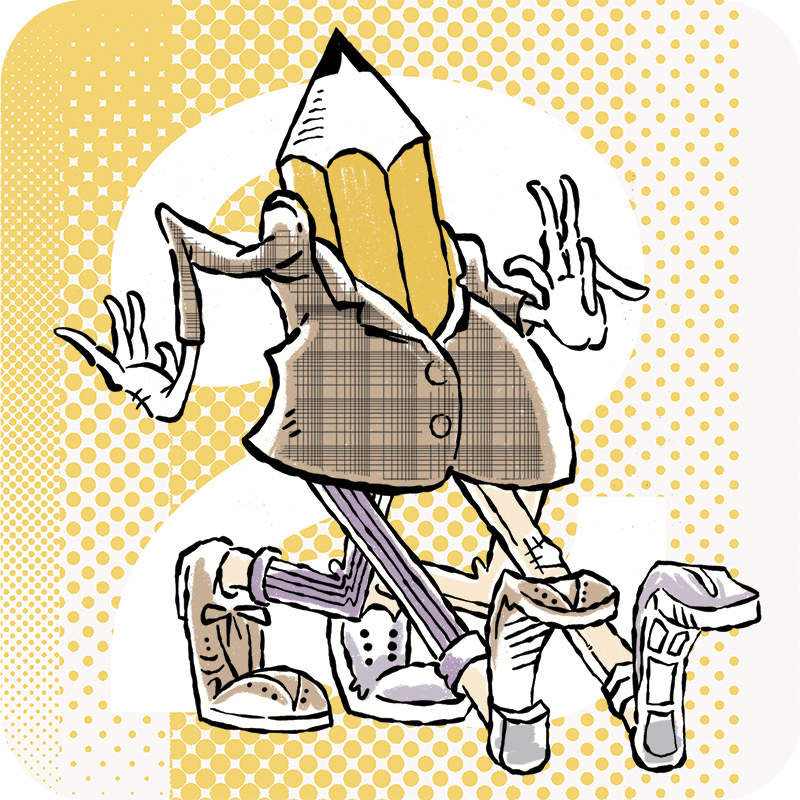Let’s Tip Our Hats to Ike
With a stroke of his pen in 1956, Dwight Eisenhower formed the National System of Interstate and Defense Highways, a cross-country network better known as the Interstate Highway System. One of the largest public works projects in U.S. history, this undertaking was proclaimed completed in 1992 with a total construction bill of $114 billion ($548 billion in 2021 dollars). Though these 48,000 miles originally intended to efficiently mobilize military operations, they continue to affect us – in ways both good and bad – everyday.
First, cars became a major part of our lives, especially after World War II. From 25 million registered U.S. automobiles in 1950 to over 287 million today, businesses, vacationers and communities were on the move to see the U.S.A. in their Chevrolets (and Fords, Buicks, Desotos, Cadillacs...you get the idea). All this movement also drove economic prosperity and the need for more roadside services such as gas stations, motels, restaurants and assorted tourist traps (some of our favorite vacation stops).
Second, it didn’t take long for businesses to realize that weary travelers wanted familiarity and standardization. That familiarity helped travelers create brand preference. And preference meant a stop knowing that the McDonald’s in Poughkeepsie was the same as the one in Peoria. The standardized franchise model caught on like crazy in the second half of the 20th century. (In fact, we talk about how this rapid expansion helped Big Boy Restaurants in our “Advertising Mascots” episode. Eaters of food should check that out.)
And third, nowhere was standardization and preference more visually important than the signs marking the locations of these new services along the roadside. Since we can’t tell how good a burger tastes or how bug-free a hotel room might be when zipping by at 55, signage had to be the promise of familiarity for families up and down the highway. Thanks to our buddy Ike’s highway system, we have common visual references such as Holiday Inn, Union 76, Arby’s…the list is long. (About 48,000 miles.)
Unfortunately, not everyone sees the beauty in these interstate icons, but we sure do.
Check out our episode on “Roadside Beauties” to hear how important standardization and cool eye-catching signs were when appealing to travelers. And (spoiler alert!) travelers developed an emotional connection to these welcoming graphic landmarks; so much so that a big ol’ brouhaha developed when the classics started coming down.
People are still on the move and our visual landscape is constantly changing. New stuff pops up around exits. Towns away from the highway grid need to work harder to lure visitors. But there’s still buried treasure to be found, if not on the open road then in the rearview mirror of our memories. If you’re someone that prefers Main Street to a mall parking lot, Mom and Pop’s greasy spoon to drive-through clowns and kings, and the local Do-Drop-Inn to a chain hotel, then you’ll need to drive a little bit longer.
But that’s half the fun.
